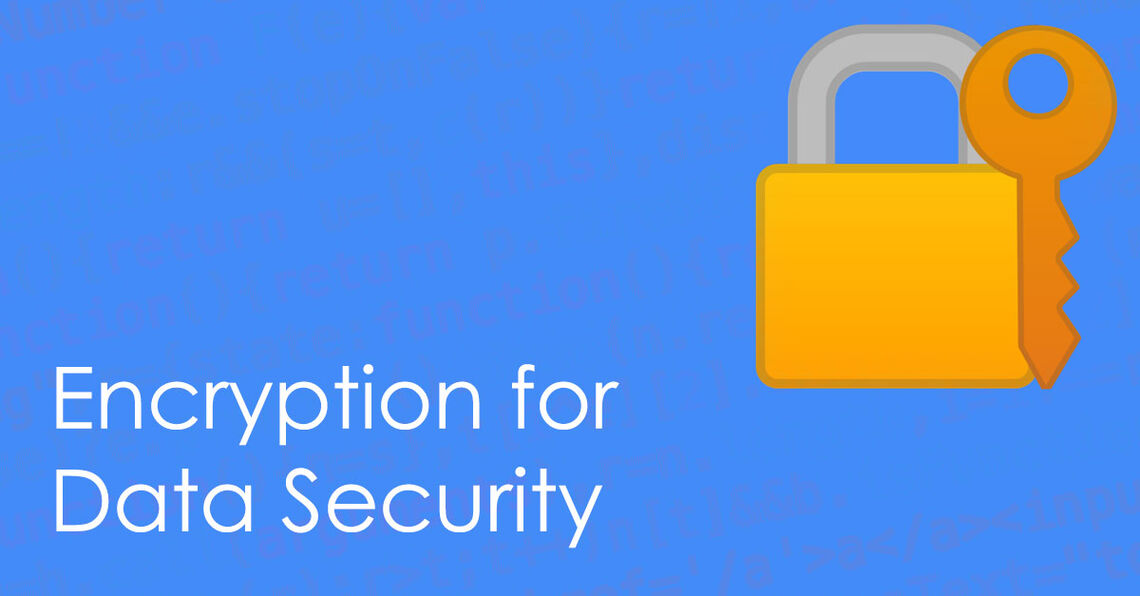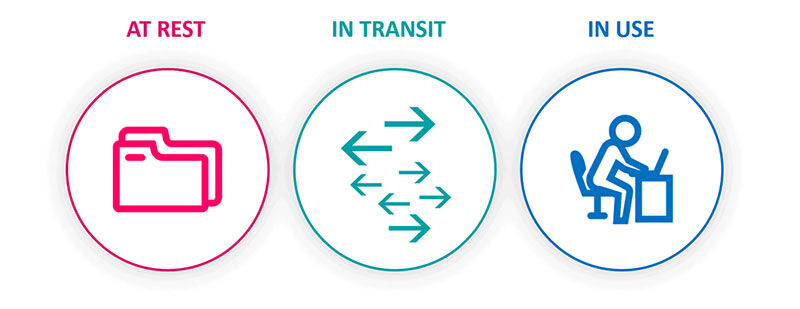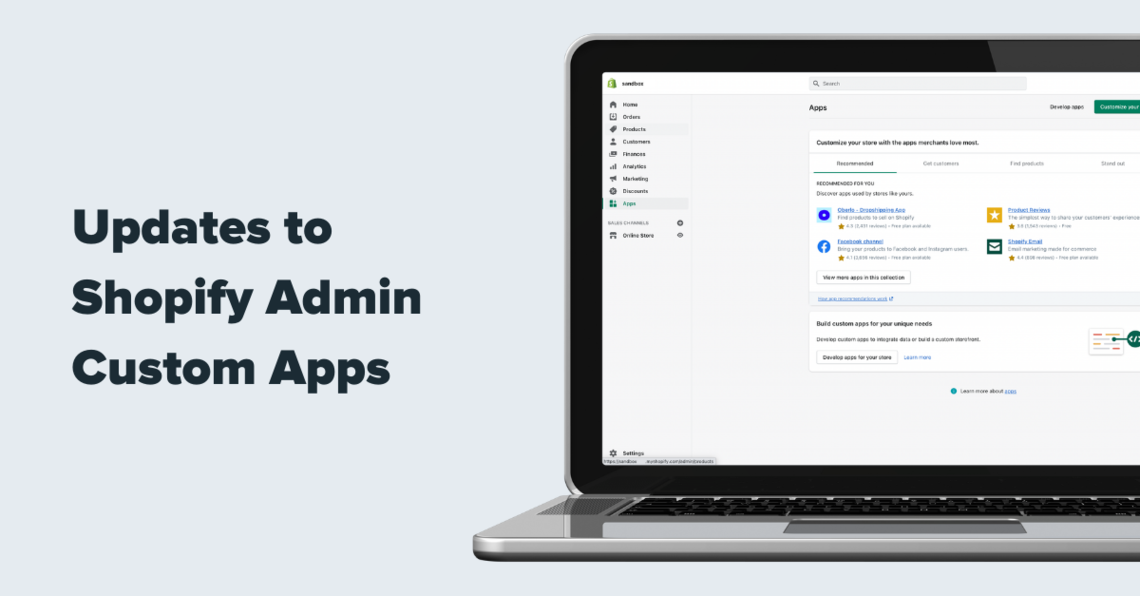Data "In Transit"
When we refer to data "in transit", it means the data is moving between systems. This could be data from a mobile app communicating with a server, or a website sending data to an API. Think of a bank that offloads bags of cash to the armored truck in the parking lot. Those bags of cash are vulnerable to attackers while it's moving to the truck and then again while it's moving on the vehicle. The bank has big guys with guns following the bags of money protecting it throughout the journey. This is a similar concept that applies to data. You need to protect your information while it's moving through platforms like Slack, emails, or a website.
Attacks "In Transit"
One common tactic that hackers use to steal this data is known as a man-in-the-middle attack. This is when an attacker is positioned between two communicating points in order to intercept the data. There are a few different terms for this like sniffing, package injection, session hijacking and DNS spoofing. If a hacker can intercept this data, then they can steal your information while it's moving through the network. Unencrypted data is like a CNN banner broadcasting information for all to see. You need to encrypt this data so even if it's grabbed while in transit, the information is unintelligible to the hackers.
Preventing Attacks In Transit
The most important aspect to protect data as it's moving across the internet is to employ encryption and authentication for all data packets. The idea is to make the data unintelligible while in transit to keep it private. So even if an attacker was able to intercept the data, it would be useless. This security concept works by encrypting the data before transmission and decrypting it upon arrival. Anything in between is protected as only the proper destination has the keys to unlock it.







